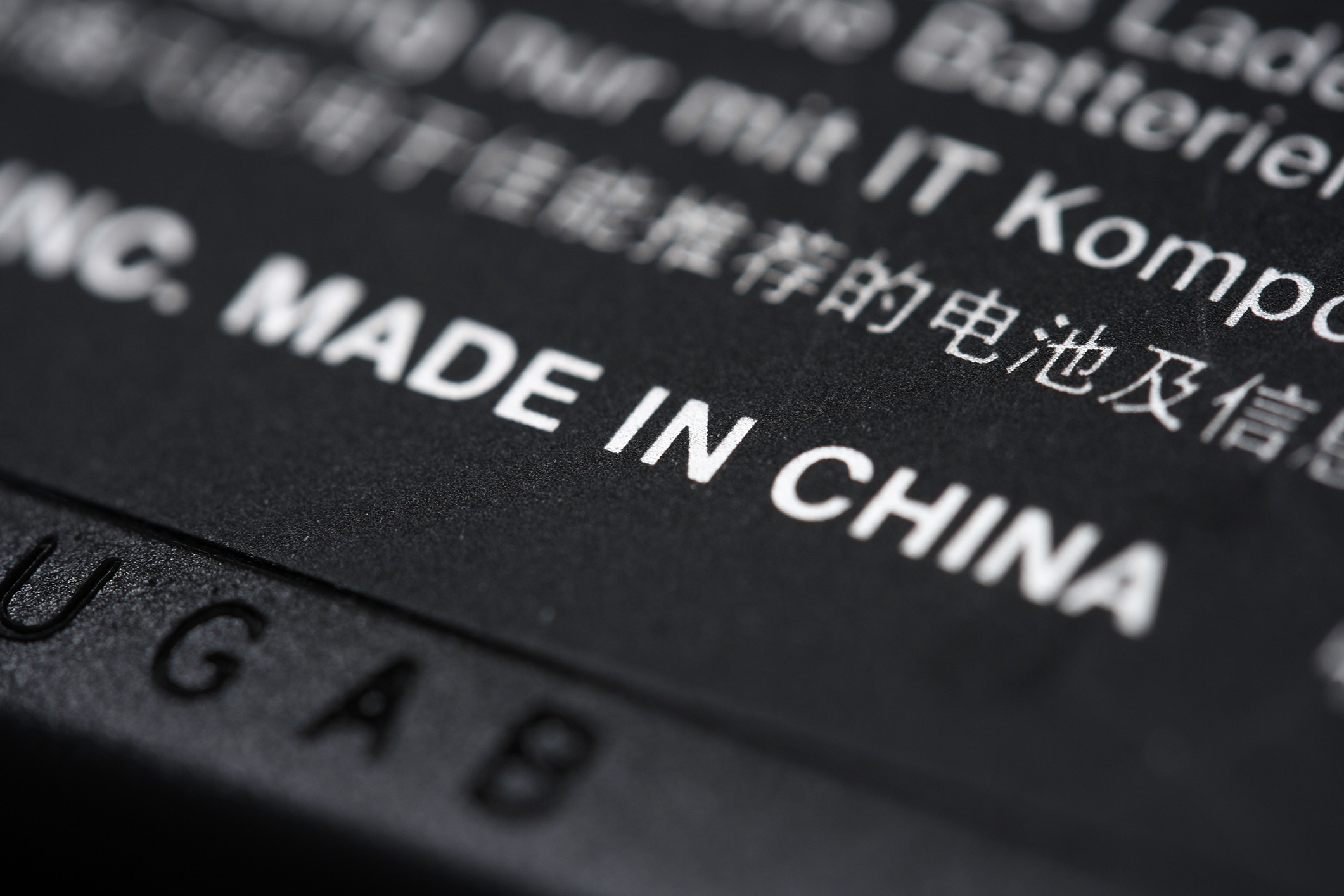If we’ve learnt anything over the past few years it’s that, when it comes to supply chains and manufacturing bases, nothing is certain.
The global supply chain has experienced major disruptions in recent years. It’s become clear that relying on a single manufacturing base or region can expose businesses to considerable risks. As a result, diversification of manufacturing bases and responsive, adaptable product design have emerged as necessary strategies to ensure supply chain resilience and stability.
For many years, China has been the go-to destination for manufacturing due to its cost-effectiveness, skilled workforce and well-developed infrastructure. However, recent disruptions have highlighted the risks associated with relying on a single manufacturing location. Whilst we’re not suggesting that people should leave China (there are many good reasons why it dominates this sector), relying solely on one location may lead to difficulties in the future.
We’re finding in meetings with clients that the focus on diversifying manufacturing bases remains vital, albeit for evolving reasons. While shipping costs have fallen, trade uncertainties and the risks of over-reliance on a single region continue to make headlines. Product designers offer various strategies to help maintain product quality, irrespective of where manufacturing takes place. There are many ways in which product designers like Tone Product Design can help lay the groundwork to prepare your business if change is required.
For investors, the need for manufacturing resilience and agility is becoming an essential requirement. Some are starting to turn down products where manufacturing agility can’t be demonstrated. The expectation is that brands can effectively mitigate against supply-chain disruption and shift operations without compromising quality. Changing consumer preferences are also prompting businesses to consider local manufacturing options. Increasingly, people favour products made closer to home. This is due to a variety of factors such as environmental concerns, supply chain transparency, and local employment.
How designers can help
Product designers have a significant role in establishing a diversified manufacturing base. Key strategies to maintain quality and agility – and protect brand reputation – involve having well-documented product design, ensuring ownership of the intellectual property (including all the native 3D CAD drawings), and implementing quality assurance (QA) and quality control (QC) processes across all locations.
To minimise the impact of switching production locations, businesses should prioritise the creation of up-to-date design documentation. Incomplete, and poorly maintained documentation will make it challenging for other suppliers to match quality and existing specification.
While the importance of well-maintained design documentation may seem obvious, ensuring this knowledge stays transferable across different manufacturing sites is an aspect of design for manufacture that is often overlooked. It is essential to avoid over-reliance on a single manufacturer’s internal documents.
Full ownership of the design should be a fundamental part of the product development and manufacturing strategy from the outset. Owning your digital 3D CAD files offers multiple advantages. Not only do they enable collaboration with manufacturers across various locations, but they simplify the definition and enforcement of ownership rights within contractual agreements. CAD files also streamline the process of registering intellectual property. You can utilise 3D CAD software to generate precise and comprehensive technical illustrations and schematics required for your applications.
Designers can also implement Quality Control and Quality Assurance procedures that can be standardised and followed by manufacturers. This ensures product quality is maintained across several manufacturing locations. These procedures encompass testing, inspection, and quality checks, ensuring that each product adheres to specified standards, minimising the risk of subpar products entering the market.
Want to know more?
If you’d like to discuss how to build resilience and adaptability into your design and manufacturing process, get in touch with Tone Product Design.

Read more of our news
The impact of right to repair legislation: re-thinking product design
It seems a reasonable expectation that consumers should have the right to repair products they have purchased. But it has become increasingly difficult, if not impossible, to repair most of the electronic devices we own. The ‘right to repair’ movement aims to fix our relationship with electronic device consumption and make certain products more easily repairable and durable.
Read more